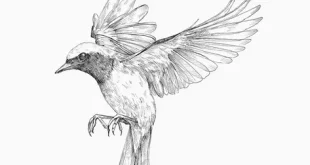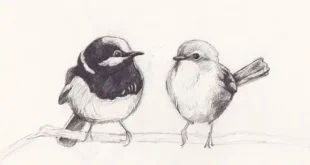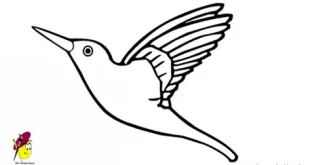Blue-headed Pionus Birds: Gentle Companions in the USA
Distinctive Appearance of the Blue-headed Pionus Birds
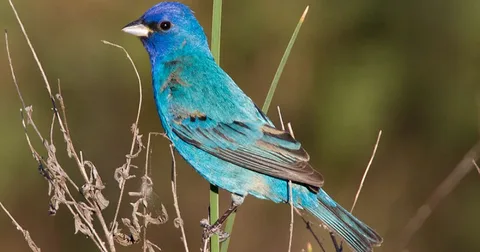
Blue-headed Pionus birds are admired in the USA for their unique and striking plumage that immediately captures attention. Their heads shine with a vibrant shade of deep blue, beautifully contrasting against their green bodies and red under-tail. Their medium size makes them easier to handle compared with larger parrots, while their colorful feathers add charm. These birds are often considered ideal for families who want pets that are visually stunning without overwhelming care demands. Their soft appearance blends elegance with beauty, giving them a calm yet striking look. Juveniles often have a darker head, which brightens into rich blue as they mature into adulthood. In the USA, many pet enthusiasts prefer Blue-headed Pionus birds because of their appealing size, beautiful colors, and graceful personalities, making them valued additions to homes.
Natural Habitat and Adaptation to Captivity
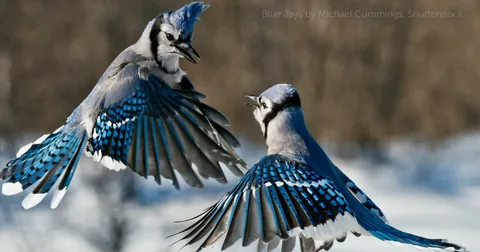
In their natural environment, Blue-headed Pionus birds come from tropical regions of Central and South America’s lush forests. However, in the USA, they are primarily kept as companion pets, adapting well to household conditions when given care. Their wild habitats include dense forests, woodlands, and mountain regions where they thrive by feeding on fruits, seeds, and flowers. Their adaptable nature makes them resilient birds, comfortable in both wild and domestic surroundings. In captivity, they require spacious cages or aviaries that allow climbing, stretching, and moderate flying for healthy exercise. Providing toys, perches, and social interaction ensures they remain mentally active and free from stress-related behaviors. In the USA, many households admire their ability to adjust easily, making them a practical yet exotic pet choice. Their gentle adaptation skills contribute to their popularity among parrot lovers seeking colorful yet manageable species.
Diet and Feeding Habits of the Blue-headed Pionus
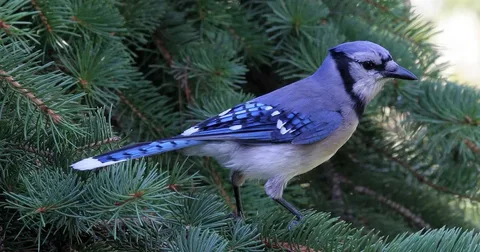
The diet of Blue-headed Pionus birds should be carefully planned to maintain their vibrant health, especially for owners in the USA. They naturally eat fruits, berries, seeds, and flowers in the wild, but in captivity, their meals require variety. A balanced diet includes fresh vegetables like carrots, spinach, and broccoli, along with fruits such as apples, bananas, and mangoes. Pellets formulated for parrots provide necessary vitamins and minerals, ensuring strong immunity and long-lasting feathers. Nuts such as almonds or walnuts can be given occasionally but should be limited to avoid excessive fat intake. Fresh water is essential daily, with bowls cleaned regularly to prevent harmful bacteria that may cause illness. Avoiding chocolate, caffeine, avocado, or salty foods is important, as these are toxic for parrots and dangerous for health. Providing a nutritious, varied diet ensures Blue-headed Pionus birds in the USA thrive happily and maintain long lifespans.
Behavior, Personality, and Training in the USA
Blue-headed Pionus birds are known for their gentle, quiet personalities, making them excellent choices for households in the USA. Unlike louder parrots, they have softer voices, which are more tolerable for urban living environments. Their affectionate nature builds strong bonds with owners, though they are not overly demanding of constant attention every moment. Training them involves patience and consistency, but they respond well to gentle reinforcement, learning basic tricks and commands. They may mimic some sounds but are not the most talkative species compared with other popular parrot types. Their calm demeanor and predictable behavior make them easier to manage, particularly for families or first-time bird owners. Playful yet balanced, they enjoy climbing, exploring toys, and socializing during daily interaction sessions. Their manageable temperament makes them highly recommended in the USA as delightful companions with friendly yet independent characteristics.
Breeding and Lifespan Expectations in Captivity
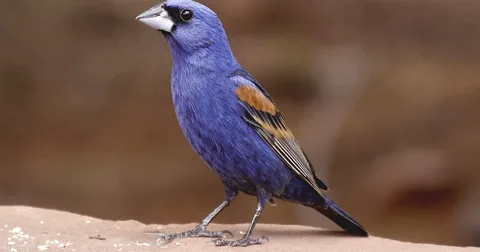
Blue-headed Pionus birds usually reach breeding maturity between three and five years of age in well-maintained captivity. In the USA, breeders provide aviaries with nest boxes and nutritious diets to support healthy breeding conditions successfully. Females typically lay three to four eggs, which hatch after approximately twenty-four days with devoted parental care. Both parents play roles in raising chicks, showing loyalty and responsibility throughout the growth process. Their average lifespan ranges from twenty-five to thirty years in captivity, depending on diet, veterinary care, and overall environment. Owners should be prepared for a long-term commitment since these birds remain part of families for decades. Their longevity makes them treasured companions whose bonds strengthen over years of care and companionship. With consistent love, these birds continue to thrive, rewarding owners with affection and vibrant presence throughout their lives in the USA.
Conservation Importance and Responsible Ownership
While Blue-headed Pionus birds are not considered endangered, habitat loss and illegal trade remain concerns affecting several parrot species globally. In the USA, responsible ownership plays a key role in protecting these birds by reducing demand for wild-caught individuals. Purchasing from certified breeders ensures birds are ethically raised, supporting sustainable conservation practices worldwide. Proper ownership also involves providing adequate space, balanced diets, social interaction, and veterinary checkups for long-lasting health. Educating new bird keepers about responsibility helps promote welfare, reducing cases of neglect or abandonment in captivity. Their calm presence, unique beauty, and adaptability remind owners of the importance of compassion toward living creatures. Across the USA, they symbolize a balance between enjoying exotic pets and respecting wildlife conservation efforts. By practicing responsibility, bird enthusiasts ensure Blue-headed Pionus birds remain safe, thriving, and admired by future generations everywhere.
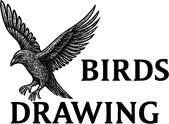 Birds Drawing Birds Drawing
Birds Drawing Birds Drawing

